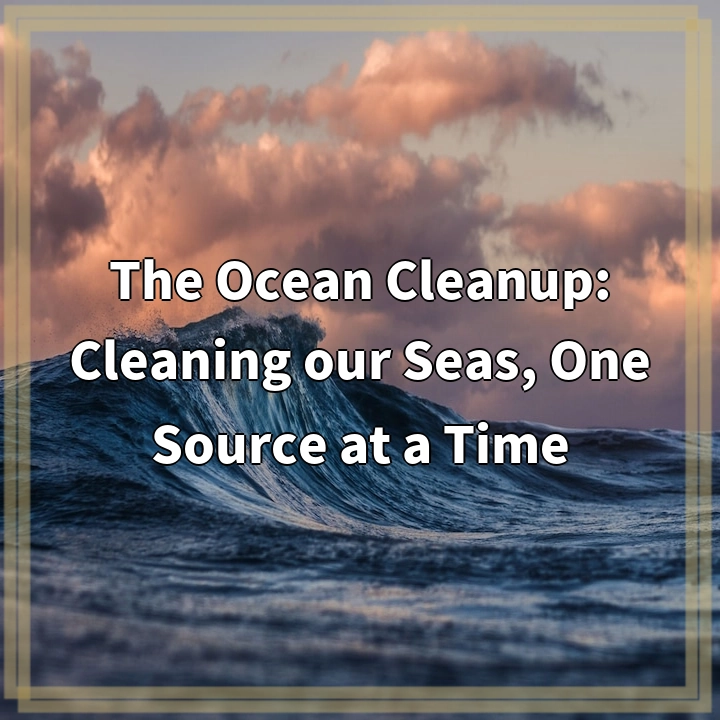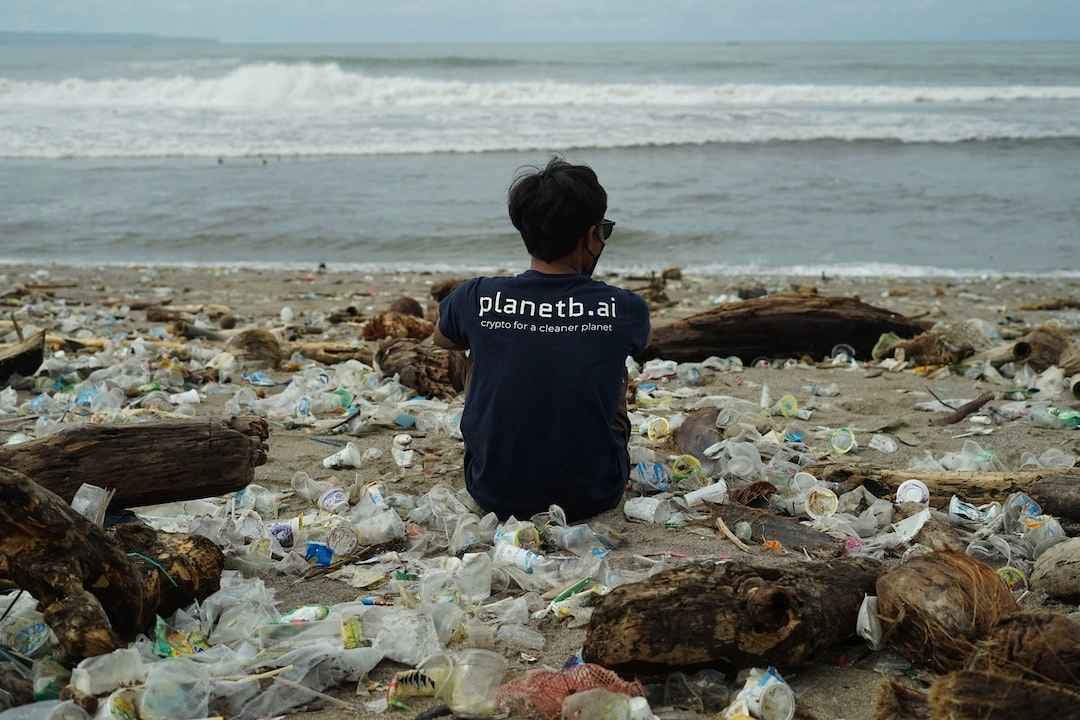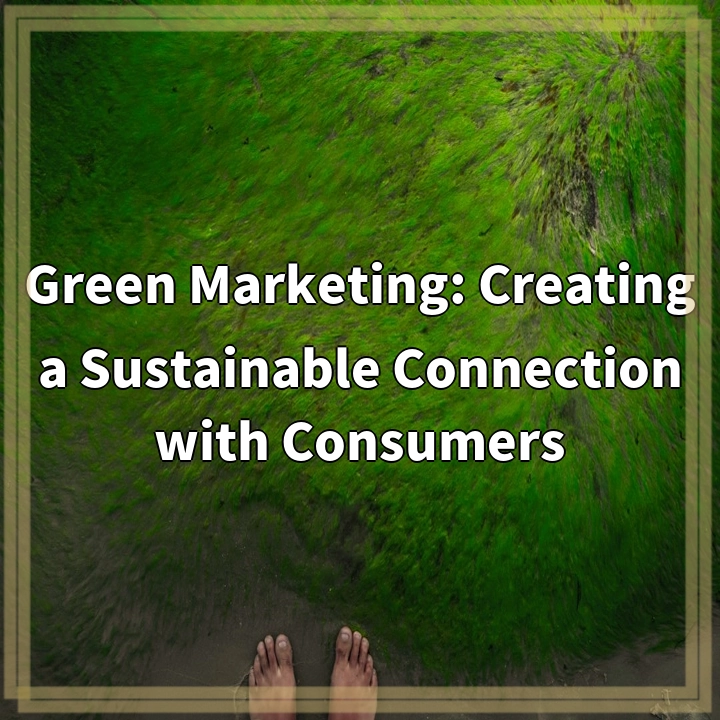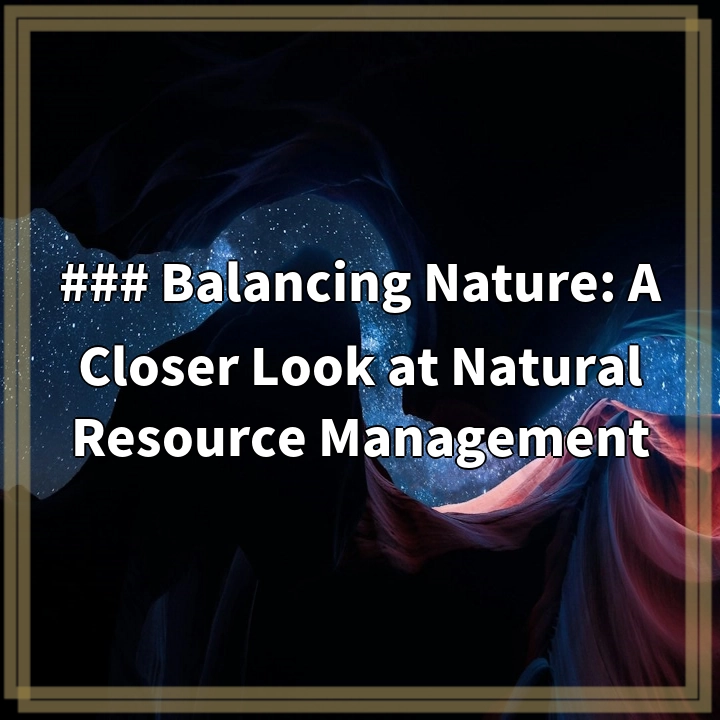
What is The Ocean Cleanup?
The Ocean Cleanup is a groundbreaking initiative that aims to tackle the issue of plastic pollution in our seas. Founded by Boyan Slat in 2013, it leverages innovative technology and a multidisciplinary approach to remove plastic debris from our oceans and prevent it from causing further harm to marine ecosystems.
Real-World Problems Associated with The Ocean Cleanup
Limited Reach and Scalability
Despite its ambitious goals, The Ocean Cleanup faces challenges in terms of reaching all areas affected by plastic pollution. Its current technology, consisting of massive floating barriers, has limitations in terms of scalability and accessibility in remote regions and deeper waters. Therefore, it cannot address the entirety of the plastic pollution problem at once.
Environmental Impact
While the intention behind The Ocean Cleanup is commendable, there are concerns about its potential environmental impact. The large-scale barriers used to collect plastic may also inadvertently ensnare marine life, causing harm to local ecosystems. Additionally, the process of disentangling the captured plastic from the devices may result in further damage to marine organisms. These unintended consequences have prompted discussions about the need for careful monitoring and adaptation to minimize harm to marine life.
Addressing the Root Cause
Although The Ocean Cleanup effectively removes plastic debris from the ocean surface, it does not address the root cause of the problem: excessive plastic consumption and inadequate waste management systems. Without tackling these underlying issues, the accumulation of plastic in our oceans will continue. Therefore, while The Ocean Cleanup plays a crucial role in mitigating the immediate impact of plastic pollution, there is a need for broader systemic changes and a shift towards a circular economy to truly solve the problem.
Economic Viability and Long-Term Sustainability
The Ocean Cleanup relies on funding from various sources, including philanthropic donations and corporate partnerships. Sustainability and economic viability are vital for the long-term success of the initiative. Ensuring a stable financial model will be crucial to continue the cleanup efforts, develop advanced technologies, and expand the scope of operations. Achieving this balance between economic sustainability and environmental impact remains a challenge that requires continued innovation and collaboration.
Collaboration and Global Scale
To effectively address plastic pollution, collaboration with governments, industry, and local communities is essential. The Ocean Cleanup acknowledges the need for collective action and highlights the importance of collaborating with stakeholders worldwide. However, due to varying regulations, political dynamics, and resource limitations, achieving global scale and consistency in addressing plastic pollution remains a complex task. Overcoming these challenges will require strong partnerships, knowledge-sharing, and coordinated efforts at international levels.

Solutions to Real-World Problems of The Ocean Cleanup
Expanding Reach and Scalability
To overcome the limited reach and scalability of The Ocean Cleanup, there is a need to complement the current technology with other innovative solutions. This could involve exploring the use of autonomous systems, drones, and biodegradable nets to target remote areas and deeper waters. Collaboration with governments and organizations working on waste management and recycling infrastructure can also help extend the reach of cleanup efforts to a global scale.
Minimizing Environmental Impact
To minimize the unintended environmental impact of plastic collection devices, ongoing research and development are necessary. Integrating additional technologies such as underwater cameras and machine learning algorithms can help differentiate between plastic debris and marine life, reducing the chances of entanglement. Continuous monitoring and adaptation of barrier designs can help ensure the efficient and safe removal of plastic while minimizing harm to marine ecosystems.
Addressing the Root Cause
While The Ocean Cleanup focuses on cleanup efforts, addressing the root cause of plastic pollution requires simultaneous efforts towards reducing plastic consumption and improving waste management systems. This includes advocating for policies that promote plastic alternatives, supporting initiatives that enhance recycling infrastructure, and raising awareness about individual responsibility in reducing plastic waste. By tackling the source of pollution, the need for cleanup efforts can be reduced in the long run.
Ensuring Economic Viability and Long-Term Sustainability
To achieve economic viability and long-term sustainability, The Ocean Cleanup can explore additional revenue streams such as selling recycled plastic materials or partnering with corporate entities invested in environmental conservation. This diversification of funding sources can provide stability and resources for ongoing cleanup operations, research, and development of more effective technologies. Collaboration with academic institutions and think tanks can also help explore innovative and cost-effective solutions.
Fostering Collaboration and Global Scale
To overcome the challenges of collaboration and achieve global scale, The Ocean Cleanup should actively engage with governments, NGOs, and local communities. Building strong partnerships by sharing knowledge and best practices can help streamline cleanup efforts, align regulatory frameworks, and maximize resources. International agreements and frameworks dedicated to combating plastic pollution should be promoted, fostering collective and coordinated action on a global scale.















